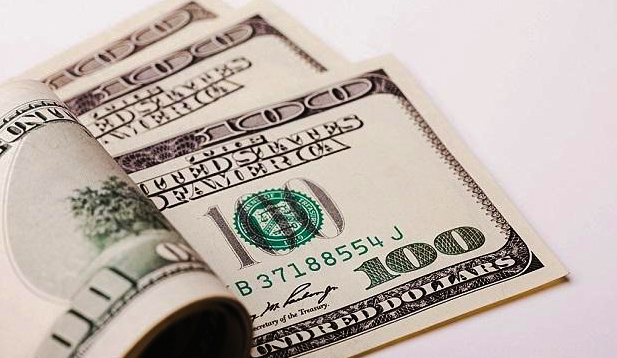The Kenyan shilling continued its slide a week before the Monetary policy Committee meets on November 29. The currency exchanged at 112.11 against the US dollar on November 18, compared to KSh 111.77 per US dollar on November 11.
The depreciation was attributed to increased dollar demand from commodity and energy sector importers outweighing the supply of dollars from exporters.
Cytonn Investments says “These are the lowest lows that the Kenyan shilling has ever depreciated to against the dollar. On a YTD basis, the shilling has depreciated by 2.8 per cent against the dollar, in comparison to the 7.7 per cent depreciation recorded in 2020.”
Forex reserves that have been supporting the shilling during the weak declined to USD 8.9 billion from USD9.1 billion (equivalent to 5.4-months of import cover), which is above the statutory requirement of maintaining at least 4.0-months of import cover, and the EAC region’s convergence criteria of 4.5-months of import cover.
The continued depreciation of the local currency is having a negative impact on importers due to an increase in the cost of imports.
Consequently, Bloomberg reported that the country’s debt service costs are expected to surge by 22 per cent this fiscal year due to the depreciation.
Treasury expects to spend a record Ksh 1.17 trillion in the year through June on loan repayments, equivalent to about two-thirds of its revenue, according to the parliament’s budget office.
According to the National Treasury’s revenue and net expenditures for the first four months of FY’2021/2022, ending 31st October 2021, cumulative public debt servicing cost amounted to Kshs 323.2 billion, a 27.6 per cent of the original estimates of Kshs 1,169.2 billion, and is 82.9 per cent of the prorated estimates of Kshs 389.7 billion.




